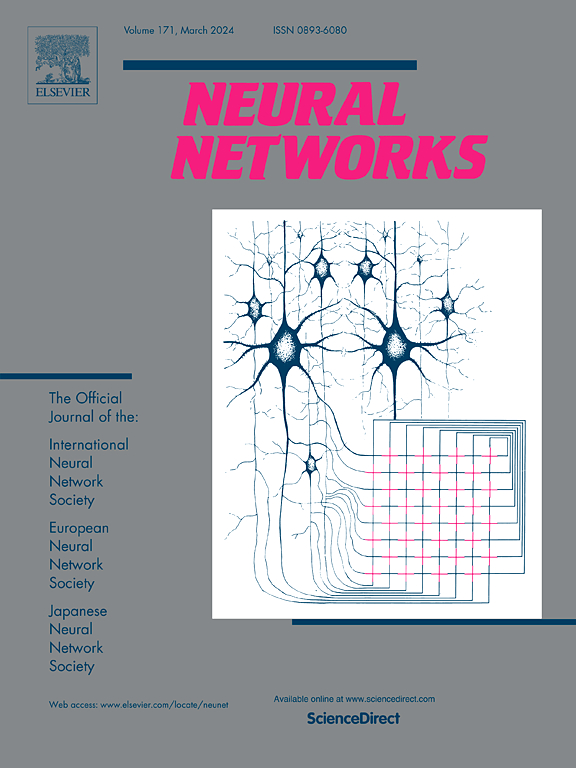TENet: Targetness entanglement incorporating with multi-scale pooling and mutually-guided fusion for RGB-E object tracking
IF 6.3
1区 计算机科学
Q1 COMPUTER SCIENCE, ARTIFICIAL INTELLIGENCE
引用次数: 0
Abstract
There is currently strong interest in improving visual object tracking by augmenting the RGB modality with the output of a visual event camera that is particularly informative about the scene motion. However, existing approaches perform event feature extraction for RGB-E tracking using traditional appearance models, which have been optimised for RGB only tracking, without adapting it for the intrinsic characteristics of the event data. To address this problem, we propose an Event backbone (Pooler), designed to obtain a high-quality feature representation that is cognisant of the innate characteristics of the event data, namely its sparsity. In particular, Multi-Scale Pooling is introduced to capture all the motion feature trends within event data through the utilisation of diverse pooling kernel sizes. The association between the derived RGB and event representations is established by an innovative module performing adaptive Mutually Guided Fusion (MGF). Extensive experimental results show that our method significantly outperforms state-of-the-art trackers on two widely used RGB-E tracking datasets, including VisEvent and COESOT, where the precision and success rates on COESOT are improved by 4.9% and 5.2%, respectively. Our code will be available at https://github.com/SSSpc333/TENet.
宗旨:结合多尺度池化和相互引导融合的目标纠缠,用于RGB-E目标跟踪。
目前有强烈的兴趣通过增加RGB模态与视觉事件相机的输出来改善视觉对象跟踪,特别是关于场景运动的信息。然而,现有的方法使用传统的外观模型对RGB- e跟踪进行事件特征提取,这些模型仅针对RGB跟踪进行了优化,而没有根据事件数据的内在特征进行调整。为了解决这个问题,我们提出了一个事件主干(Pooler),旨在获得高质量的特征表示,该特征表示认识到事件数据的固有特征,即其稀疏性。特别地,引入了多尺度池化,通过利用不同池化内核大小来捕获事件数据中的所有运动特征趋势。衍生的RGB和事件表示之间的关联是通过执行自适应相互引导融合(MGF)的创新模块建立的。大量的实验结果表明,我们的方法在两种广泛使用的RGB-E跟踪数据集(包括VisEvent和COESOT)上显著优于最先进的跟踪器,其中COESOT的精度和成功率分别提高了4.9%和5.2%。我们的代码可以在https://github.com/SSSpc333/TENet上找到。
本文章由计算机程序翻译,如有差异,请以英文原文为准。
求助全文
约1分钟内获得全文
求助全文
来源期刊

Neural Networks
工程技术-计算机:人工智能
CiteScore
13.90
自引率
7.70%
发文量
425
审稿时长
67 days
期刊介绍:
Neural Networks is a platform that aims to foster an international community of scholars and practitioners interested in neural networks, deep learning, and other approaches to artificial intelligence and machine learning. Our journal invites submissions covering various aspects of neural networks research, from computational neuroscience and cognitive modeling to mathematical analyses and engineering applications. By providing a forum for interdisciplinary discussions between biology and technology, we aim to encourage the development of biologically-inspired artificial intelligence.
 求助内容:
求助内容: 应助结果提醒方式:
应助结果提醒方式:


